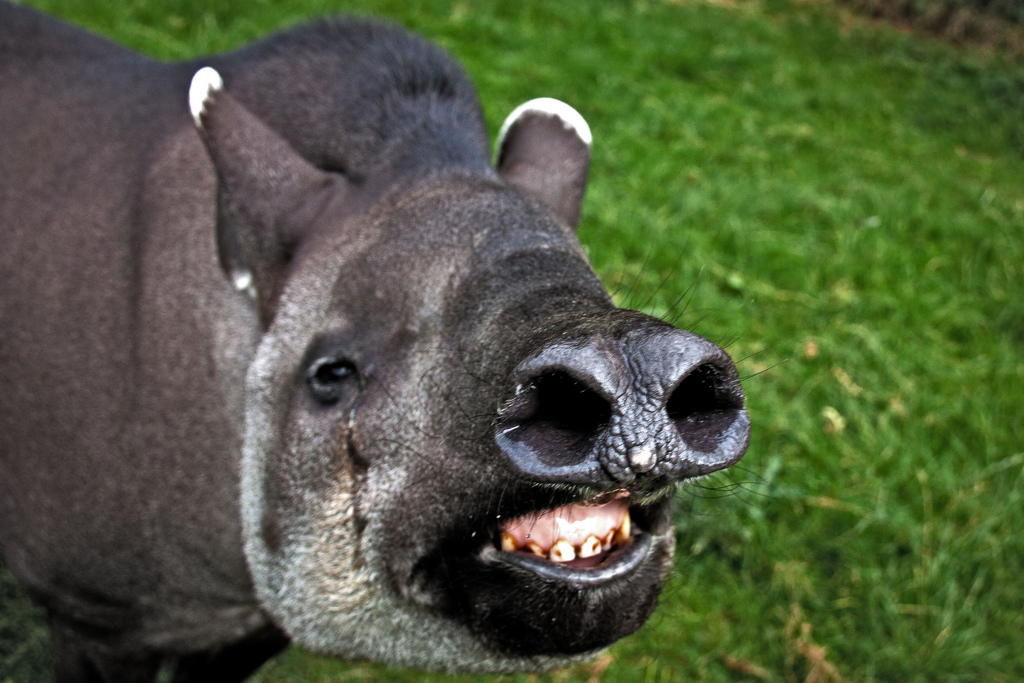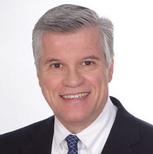
Today’s zoological lesson concerns the large, often hidden and withdrawn animal that includes tapirus bairdii, tapirus terrestris, tapirus indicus and another half dozen species, one of which is of particular current interest.
Like its biological siblings, tapirus bernankis is large, mostly hidden and withdrawn. And like some family members, it has recently appeared to be somewhat endangered.
(Tapirs also wallow in mud pits. I’ve done my part – make up your own joke.)
But tapirus bernankis isn’t so endangered that it will never happen. Indeed, it has to happen sometime, or else all manner of bad things will follow, like excessive inflation and the Treasury owning nearly all of the bonds.
It didn’t happen in September, because the Fed said conditions weren’t yet right, which was a surprise and a disappointment to the Fed’s Open Market Committee, especially Kansas City’s hawkish Esther George. And so the investing world said, “Oh well,” and settled back to continue trading on the comfortable premise that interest rates will remain low for a while longer.
Some bond market royals are disputing that this condition will continue only until tapirus bernankis arrives. PIMCO’s founder Bill Gross contends that, regardless of when the taper commences, the Fed is now signaling that there will be no raise in its “policy rate” until 2016. That’s contrary to the popular assumption that even a whiff of tapering will cause an inexorable climb in rates.
Mr. Gross’ contrary assertion is emphatic:
If you want to trust one thing and one thing only, trust that once QE (quantitative easing) is gone … Fed funds will then stay lower than expected for a long, long time. Right now the market expects (and the Fed forecasts) Fed funds to be 1% higher by late 2015 and 1% higher still by December 2016. Bet against that.
In fact, maybe you’ll want to roll over the bet for a good long while. Mr. Gross contends that the U.S. economy is so highly levered that we may have to get used to low policy rates “for decades to come.”
Then along comes highly regarded DoubleLine Funds chief Jeffrey Gundlach in a Sept. 26 webcast, ever so slightly cracking open the door to possibilities that: 1) the low point in interest rates may not have been seen yet, and 2) 10-year bond yields could suffer a bona fide meltdown.
All of this flies in the face of conventional wisdom, as recently enunciated by Forbes fixed-income columnist Richard Lehmann: “[Y]ou can be sure that long-term rates are going to rise over the next two years… .”
Well, given that the two reigning bond kings dissent from that view, forgive me for not being sure of it at all. I do believe that my current portfolio holdings remain well suited for either case. And the short-term target-maturity ETF that my portfolio includes can alternatively be used in a creative laddering approach, as explained below.
If rates were to begin rising over the next couple of years, an investor would not want to get caught holding a high percentage of long-term bonds. They’d be the ones most likely to suffer the greatest devaluations. Therefore, keeping maturities short is advisable for a good chunk of your portfolio.
But that’s no reason to put all of your potentially reinvestible cash in, well, cash, or tiny-yielding money-market funds, CDs or the like. An alternative is the Guggenheim BulletShares 2014 High Yield Corporate Bond ETF (BSJE), which currently yields around 3.2%. Its holdings mature by Dec. 31 of next year, which, like many short-term investment, potentially limits both its interest rate and default risks.
That’s the first rung on the ladder. But Guggenheim (and some other investment companies) offer similar ETFs that end in 2015, 2016 and beyond. And because each fund is a basket of bonds, you get substantially more diversification than you’d get with a ladder of single bonds.
This appears a wise approach regardless of the interest-rate future. If rates rise, the shorter-term securities can be reinvested at the long end to grab the presumably higher rates. And if Mr. Gross is right, and rates stay low for 10 or 20 years, you’ll still have diversification as to the conventional risks attendant to bond investing.
Photo Credit: me’nthedogs
All investments involve risk and various investment strategies will not always be profitable. The investments discussed are held in client accounts as of September 30, 2013. These investments may or may not be currently held in client accounts. The reader should not assume that any investments identified were or will be profitable or that any investment recommendations or investment decisions we make in the future will be profitable. Past performance does not guarantee future results.


